Australian colonial art – viewed from both sides In a large inkjet print, the Brisbane-based photomedia artist of Bidjara heritage, Michael Cook, reimagines Australia, where Indigenous people make up ninety-six percent of the population and the non-Indigenous proportion stands at four percent. This print belongs to his Majority Rule series and is simply titled Court. The scene is set outside the High Court in Canberra, where a crowd of suited Aboriginal figures walks towards us. To add to our feeling of strangeness and discomfort, it is an identical figure that is repeated more than twenty times in the crowd, but in different poses. The simple inversion of the status quo effectively poses the question of how would you feel if you had to walk in the shoes of an Indigenous person in contemporary Australian society. The question of racial perspective becomes particularly acute when presenting Australian colonial art, whereas for the discoverers, colonists and explorers, they were finding and occupying a new country bringing to it English law and civilisation, for the Indigenous people they faced invasion, occupation and genocide, their laws were violated, their lands trampled and their independence stripped from them by force. The dominant narrative lay with the colonial victors, while the local inhabitants were not regarded as humans, they were not included in the census and the whole continent was regarded as ‘terra nullius’. Traditionally colonial art was considered as the art of the colonists, while traditional Aboriginal art belonged in ethnographic museums. Daniel Thomas, as a curator of Australian art at the Australian National Gallery in Canberra (in 1992 renamed National Gallery of Australia), in the late 1970s advanced a more integrated hang for colonial art where paintings, sculptures and prints were joined by furniture and the decorative arts and occasionally an Aboriginal work was added to the display. Andrew Sayers carried out pioneering research on 19th century Aboriginal art giving a greater visibility and voice to the Aboriginal response to the European settlers. The National Gallery of Victoria in a landmark exhibition, Colony 1770-1861/Frontier wars, has presented the most comprehensive re-assessment of colonial art ever attempted. It is vast, with over 800 exhibits, and sets out to tell the story of colonial Australian art both from the Indigenous and non-Indigenous perspectives. Controversially, it has opted for two separate, but closely interrelated exhibitions. The one on the ground floor of its Federation Square building, Colony 1770-1861, examines the story from a colonial perspective from Captain Cook through to the 1860s. In over 600 objects it is an over-whelming triumph where the best-known images of early colonial art from art galleries, museums, libraries and private collections throughout Australia have been brought together with rarely exhibited or never exhibited artefacts. 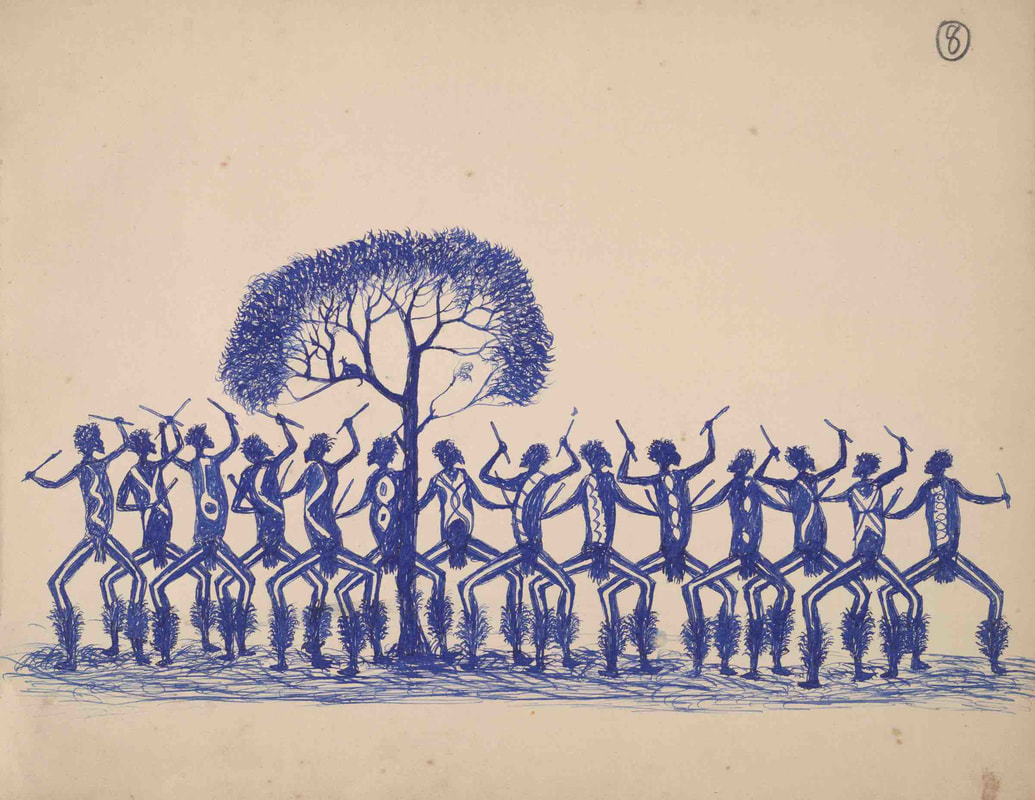 Tommy McRae, (Kwat Kwat/Wiradjuri) c. 1836–1901, Page from Sketchbook c. 1891, sketchbook: pen and blue ink, 26 pages, paper and cardboard cover, stitched binding 24.4 x 31.2 cm (image and sheet) 24.4 x 31.2 cm (page) 24.4 x 31.2 x 1.0 cm (closed) 24.4 x 62.4 x 0.5 cm (open) National Gallery of Victoria, Melbourne The Indigenous response, Colony: Frontier Wars, up on the third floor of Federation Square, takes a broader chronological perspective from 1788 through to the present and adopts a narrower focus on Indigenous and some non-Indigenous responses to the European occupation. The breathtaking collections of 19th century Aboriginal shields opens into a broader display of the work by ‘urban Aboriginal artists’ who offer a post-colonial critique of European occupation of Australia. Virtually all of the artists here are well-known and include the usual line-up of Julie Gough, Brook Andrew, Maree Clarke, Ricky Maynard, Marlene Gilson, Michael Cook, Gordon Bennett and Christian Thompson. The treasured 19th century drawings by William Barak and Tommy McRae show Indigenous artists commenting on their heritage and observing the newcomers, while a number of non-Indigenous artists, including ST Gill, Arthur Boyd, Noel Counihan and the photographer JW Lindt with his photographs of Indigenous subjects are also included in this section. The impressive 400-page book/catalogue that accompanies the exhibition in a clear and scholarly manner highlights the links between the two exhibitions, which are more difficult to follow in situ. I have argued elsewhere that it is impossible to view Australian colonial art, by both Indigenous and non-Indigenous artists, outside a certain dialectic where European artists responded to Aboriginal art and Indigenous artists embraced European materials, imagery and modes of visualisation. In some ways, this interaction would be more apparent if works could be shown side-by-side, rather than in separate exhibitions. Perhaps it is too early in the reconciliation process to adopt such a strategy. 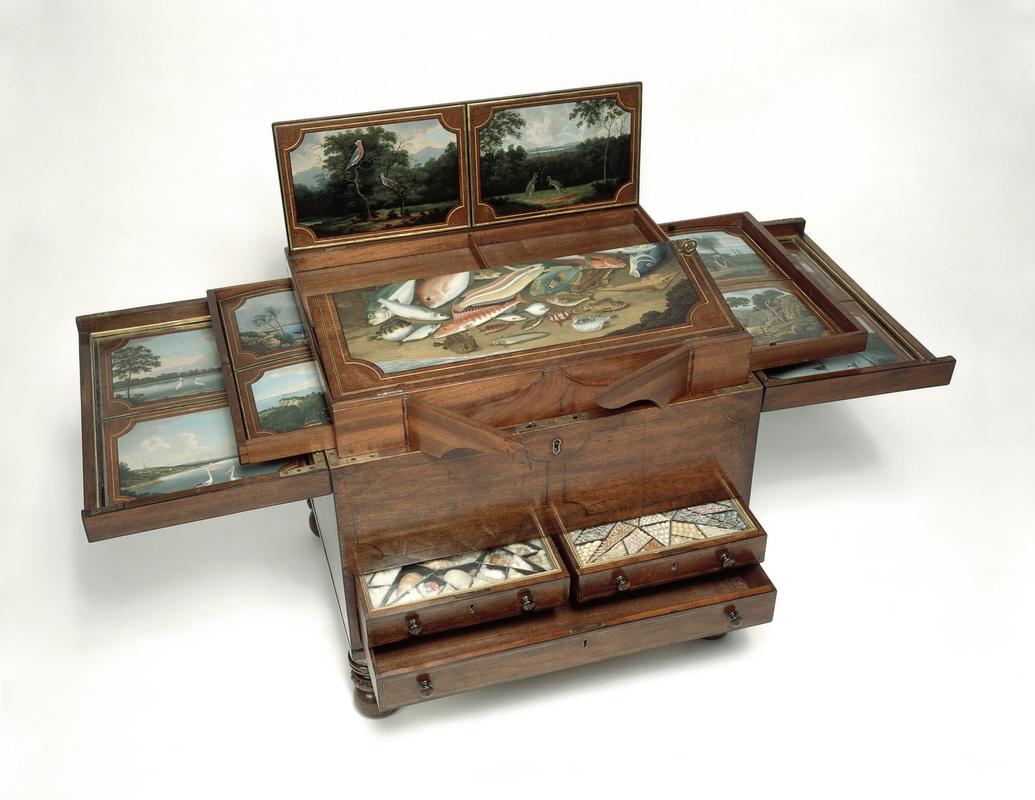 William Temple (cabinetmaker), Patrick Riley (cabinetmaker), John Webster (cabinetmaker), Joseph Lycett (attributed to) (decorator), James Wallis (after), William Westall (after), Dixson collector’s chest, c. 1818–20, Australian Rose Mahogany (Dysoxylum fraserianum), Red Cedar (Toona ciliata), brass fittings, oil on cedar panels, natural history specimens, 56.0 x 71.3 x 46.5 cm (closed), Dixson Galleries, State Library of New South Wales One of the strengths of the exhibition lies in the sheer mass and high calibre of the materials exhibited. For example, there is a superb Collector’s chest by the cabinetmakers William Temple, Patrick Riley and John Webster, decorated possibly by Joseph Lycett and complete with its natural history specimens. Panoramic views of the fledgling settlements are supplemented by a mass of drawings, prints, actual colonial costumes, examples of 19th century taxidermy and convict leg irons from Port Arthur. Colonial photography shines as never before with photographs by George Goodman, possibly Australia’s first professional photographer, and a set of Douglas Kilburn’s daguerreotypes of Indigenous people in Victoria, the first photographic images of Indigenous peoples of Australia. It is a dense exhibition that certainly requires more than a single visit and it is one that does to some extent rewrite our understanding of colonial art. Historically, I feel that this will be regarded as a watershed exhibition in defining how Australia and Australians view their past. Colony Australia 1770-1861/Frontier Wars National Gallery of Victoria, Federation Square, Melbourne 15 March – 15 July 2018 open daily 10am–5pm
2 Comments
|
GRISHIN'S ART BLOG
Sasha Grishin AM, FAHA is the author of more than 25 books on art, including Australian Art: A History, and has served as the art critic for The Canberra Times for forty years. He is an Emeritus Professor at the Australian National University, Canberra; Guest Curator at the National Gallery of Victoria, Melbourne; and Honorary Principal Fellow, Faculty of Arts, at the University of Melbourne. Archives
June 2024
Categories
Keep up-to-date with Sasha Grishin's blog with the RSS feed.
RSS offers ease of access and ensures your privacy, as you do not need to subscribe with an email address. Click here to download a free feed reader |

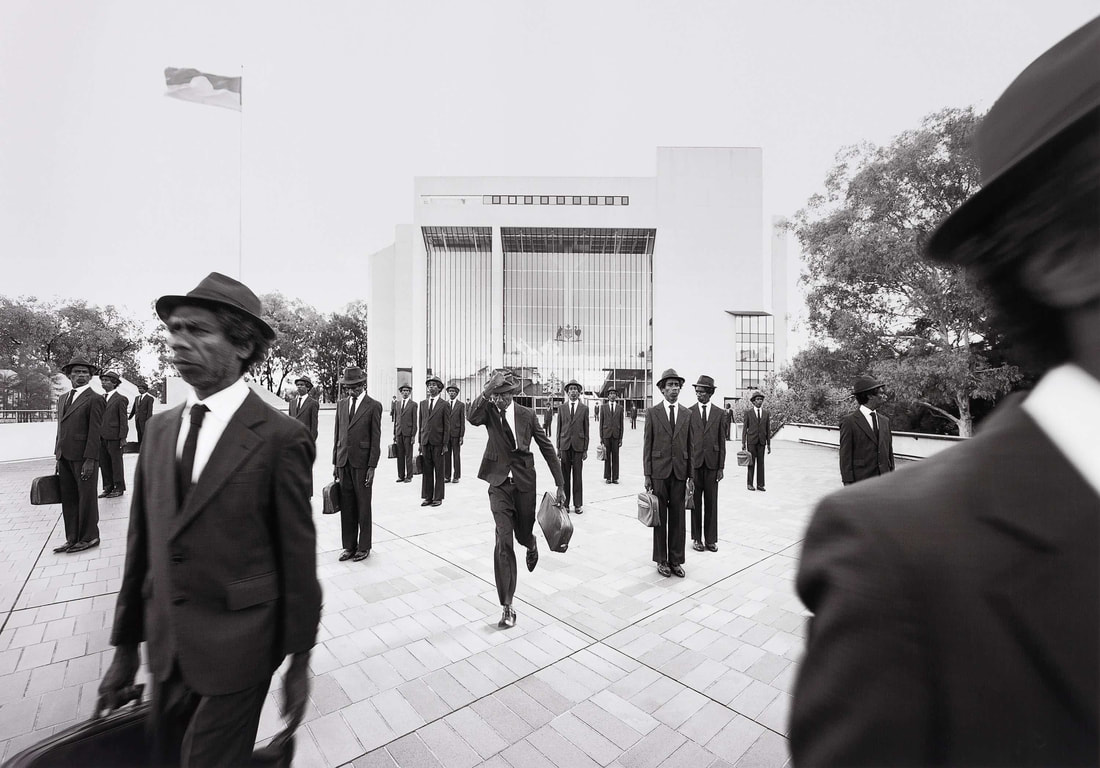

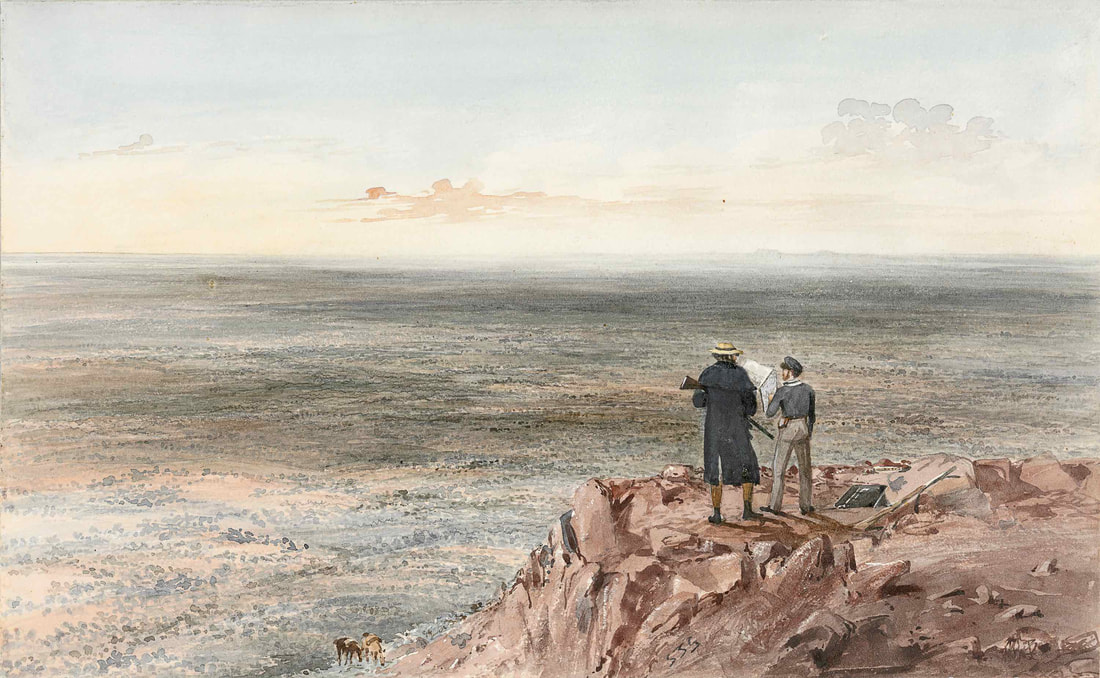
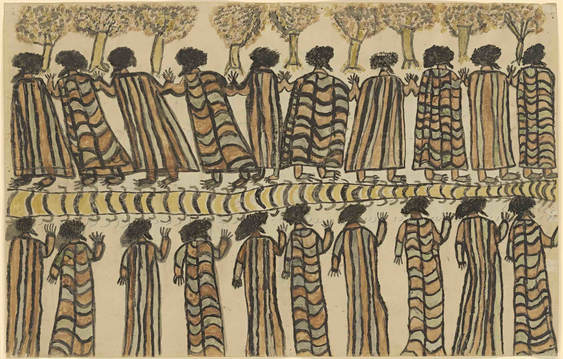
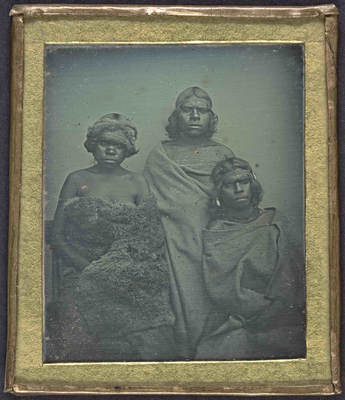
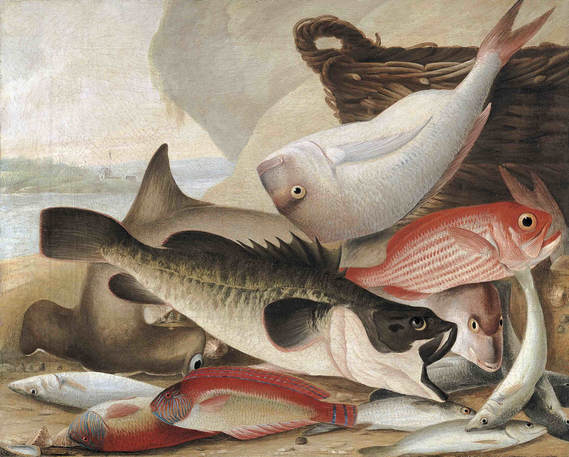
 RSS Feed
RSS Feed